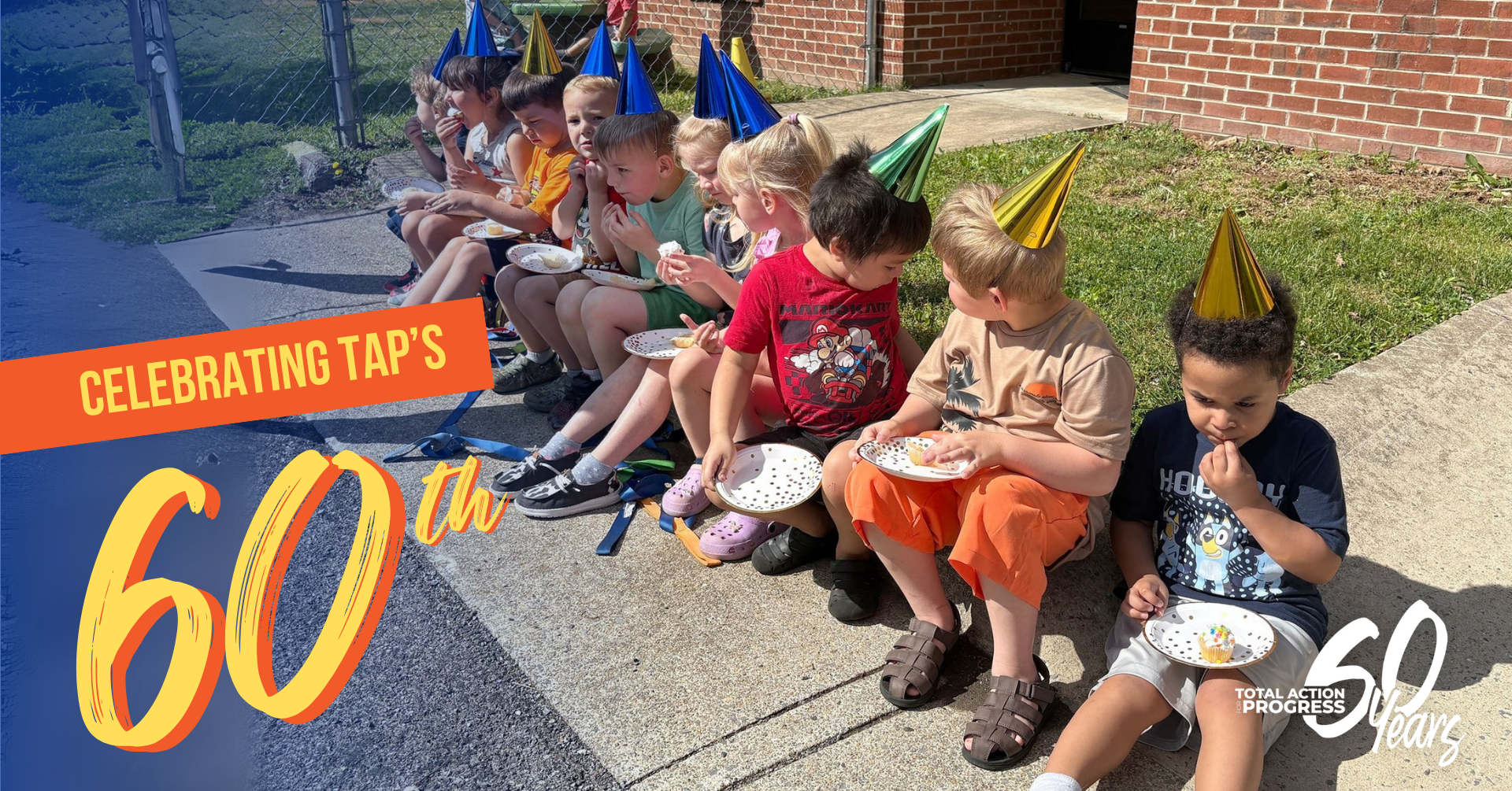Celebrating 60 Years of TAP: Carter Bank’s Commitment to Empowering Communities
Carter Bank’s purpose is clear: to create opportunities for individuals and businesses to prosper. This mission is at the heart of everything the bank does—from offering personalized financial services to investing in the communities it serves.
“At Carter Bank, we understand the importance that organizations like TAP play in the well-being of the people who live in the communities we call home,” said Kevin Lockhart, Carter Bank Commercial Regional Executive.
As part of this commitment, Carter Bank proudly supports Total Action for Progress (TAP), a community action agency that works to combat poverty in the Roanoke Valley, Allegheny Highlands, and surrounding areas.

Kevin Lockhart, Carter Bank Commercial Regional Executive
TAP is celebrating 60 years of service in 2025, marking six decades of helping individuals and families gain stability, build independence, and create brighter futures. TAP employs a holistic approach to help individuals and families overcome barriers to stability and independence. Whether facing job loss, eviction, illness, or other crises, TAP provides direct services and referrals to address immediate needs.
Carter Bank has chosen to be a corporate investor in TAP because of how the organization empowers individuals and families to overcome economic and social barriers by connecting them with resources, education, and opportunities to thrive.
This alignment is especially strong through TAP’s Whole Family Approach, which equips every member of a household with the tools they need to succeed. It’s a strategy that reflects Carter Bank’s belief in long-term, relationship-based solutions.
TAP’s work in education, employment, affordable housing, and safe living environments closely aligns with Carter Bank’s core values: building relationships, earning trust, and taking responsibility.
“As a member of TAP’s Board of Directors, I’ve seen firsthand how the community action agency creates solutions far beyond financial assistance; the staff and volunteers empower people with the tools and confidence to advocate for themselves and their families,” Lockhart said.
Carter Bank’s commitment to organizations like TAP reflects a broader belief that financial instability can have far-reaching effects on education, healthcare, and public policy. Through monetary donations, volunteer support, and financial literacy programs, Carter Bank remains dedicated to helping people live life to the fullest.
As TAP looks ahead to its next 60 years, partnerships like the one with Carter Bank remain essential to creating lasting change. Together, both organizations are working toward a future where every person has the opportunity to prosper.
To learn more about Carter Bank, visit carterbank.com.



